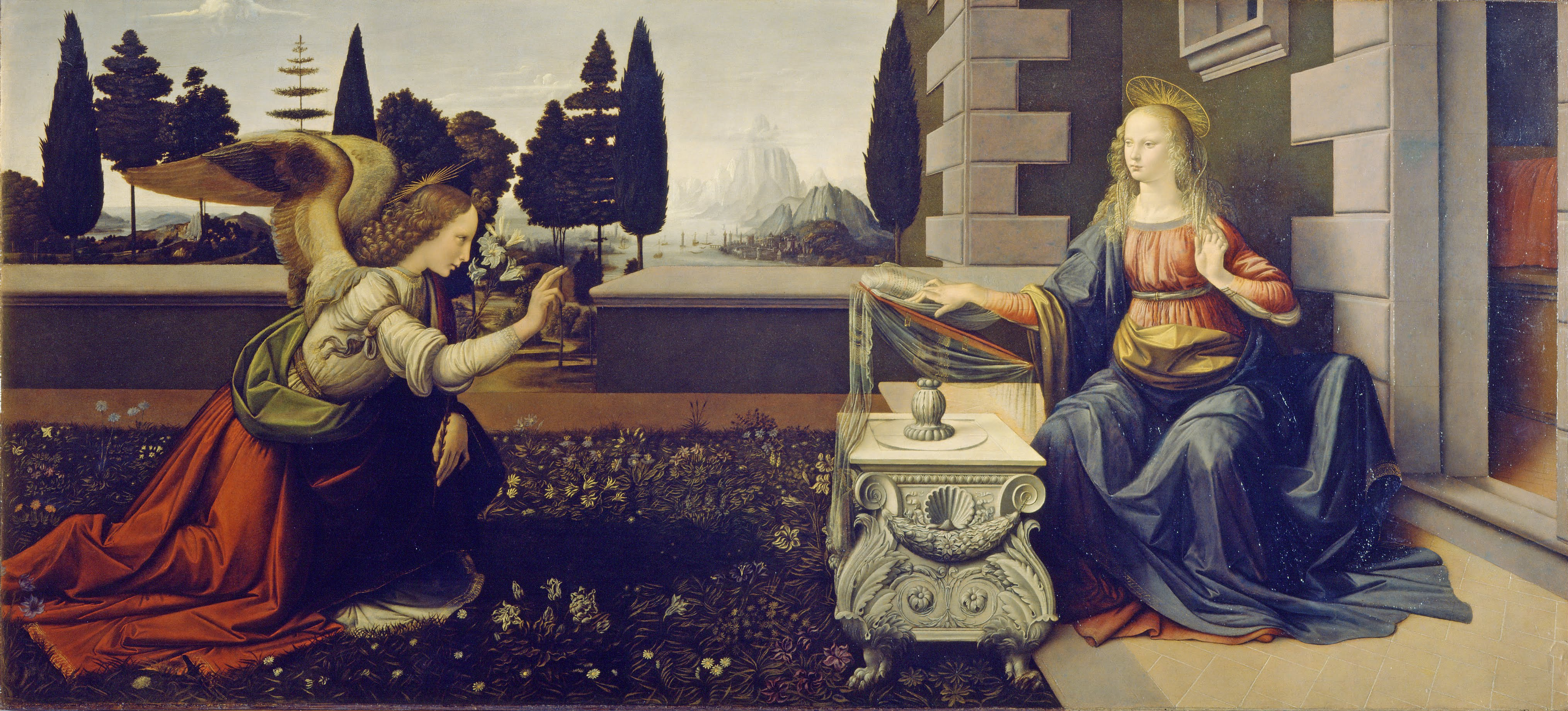|
Great Kite
The Great Kite () was a wooden machine designed by Leonardo da Vinci. Leonardo realized it between the end of the 15th Century and the beginning of the 16th Century. Drawings of parts and components of this machine can be found in the Codex on the flight of birds, which however lacks the overall description of the machine itself. Some drawings within the same codex suggest that it was created in similarity with flapping flight. However, this was hardly possible to perform given the available technologies, thus Leonardo developed a machine for mainly a gliding flight. The machine is named after the animal from which Leonardo took inspiration to realize the flying machine, the Kite (bird), Kite. See also *List of works by Leonardo da Vinci * Science and inventions of Leonardo da Vinci Note [...More Info...] [...Related Items...] OR: [Wikipedia] [Google] [Baidu] |
Leonardo Da Vinci
Leonardo di ser Piero da Vinci (15 April 14522 May 1519) was an Italian polymath of the High Renaissance who was active as a painter, Drawing, draughtsman, engineer, scientist, theorist, sculptor, and architect. While his fame initially rested on his achievements as a painter, he also became known for #Journals and notes, his notebooks, in which he made drawings and notes on a variety of subjects, including anatomy, astronomy, botany, cartography, painting, and paleontology. Leonardo is widely regarded to have been a genius who epitomized the Renaissance humanism, Renaissance humanist ideal, and his List of works by Leonardo da Vinci, collective works comprise a contribution to later generations of artists matched only by that of his younger contemporary, Michelangelo. Born Legitimacy (family law), out of wedlock to a successful Civil law notary, notary and a lower-class woman in, or near, Vinci, Tuscany, Vinci, he was educated in Florence by the Italian painter and sculpto ... [...More Info...] [...Related Items...] OR: [Wikipedia] [Google] [Baidu] |
Codex On The Flight Of Birds
Codex on the Flight of Birds is a relatively short codex from by Leonardo da Vinci. It comprises 18 folios and measures 21 × 15 centimetres. Now held at the Royal Library of Turin, the codex begins with an examination of the flight behavior of birds and proposes mechanisms for flight by machines. Leonardo constructed a number of these machines, and attempted to launch them from a hill near Florence. However, his efforts failed. In the codex, Leonardo notes for the first time that the center of gravity of a flying bird does not coincide with its center of pressure. Summary The following summaries are from the codex whose English translation was prepared by Culturando and Smithsonian Institution. Front Page The front page is titled "On Casting Medals". The first paragraph gives a brief recipe that consists of "emery", "nitric acid", "iron filings", "vinegar", "ashes of walnut leaves", and "finely ground straw ash". The second paragraph tells of the process of crushing di ... [...More Info...] [...Related Items...] OR: [Wikipedia] [Google] [Baidu] |
Kite (bird)
Kite () is the common name for certain birds of prey in the family Accipitridae, particularly in subfamilies Milvinae, [], and Perninae."kite". Encyclopædia Britannica. Encyclopædia Britannica Online. Encyclopædia Britannica Inc., 2014. Web. 24 Nov. 2014 . The term is derived from Old English ''cȳta'' (“kite; bittern”), from the Proto-Indo-European root *''gū- '', "screech." Some authors use the terms "hovering kite" and "soaring kite" to distinguish between ''Elanus'' and the milvine kites, respectively. The group may also be differentiated by size, referring to milvine kites as "large kites", and elanine kites as "small kites". Species * Subfamily Elanid kite, Elaninae ** Genus ''Elanus'' *** Black-winged kite, ''Elanus caeruleus'' *** Black-shouldered kite, ''Elanus axillaris'' *** White-tailed kite, ''Elanus leucurus'' *** Letter-winged kite, ''Elanus scriptus'' ** Genus ''Chelictinia'' *** Scissor-tailed kite, ''Chelictinia riocourii'' ** Genus ''Gampsonyx'' ** ... [...More Info...] [...Related Items...] OR: [Wikipedia] [Google] [Baidu] |
List Of Works By Leonardo Da Vinci
The Italian polymath Leonardo da Vinci (1452–1519) was the founding figure of the High Renaissance, and exhibited enormous influence on subsequent artists. Only around eight major works—'' The Adoration of the Magi'', ''Saint Jerome in the Wilderness'', the Louvre '' Virgin of the Rocks'', '' The Last Supper'', the ceiling of the Sala delle Asse, '' The Virgin and Child with Saint Anne and Saint John the Baptist'', '' The Virgin and Child with Saint Anne'' and the ''Mona Lisa''—are universally attributed to him, and have aroused little or no controversy in the past. Ten additional works are now widely attributed to his ''oeuvre'', though most have previously incited considerable controversy or doubt: the '' Annunciation'', '' Madonna of the Carnation'', '' The Baptism of Christ'' (with his teacher, Verrocchio), '' Ginevra de' Benci'', the '' Benois Madonna'', the '' Portrait of a Musician'' (with possible studio assistance), the '' Lady with an Ermine'', '' La Belle Ferronn ... [...More Info...] [...Related Items...] OR: [Wikipedia] [Google] [Baidu] |
Science And Inventions Of Leonardo Da Vinci
Leonardo da Vinci (1452–1519) was an Italian polymath, regarded as the epitome of the "Renaissance Man", displaying skills in numerous diverse areas of study. Whilst most famous for his paintings such as the ''Mona Lisa'' and the ''Last Supper'', Leonardo is also renowned in the fields of civil engineering, chemistry, geology, geometry, hydrodynamics, mathematics, mechanical engineering, optics, physics, pyrotechnics, and zoology. While the full extent of his scientific studies has only become recognized in the last 150 years, during his lifetime he was employed for his engineering and skill of invention. Many of his designs, such as the movable dikes to protect Venice from invasion, proved too costly or impractical. Some of his smaller inventions entered the world of manufacturing unheralded. As an engineer, Leonardo conceived ideas vastly ahead of his own time, conceptually inventing the parachute, the helicopter, an armored fighting vehicle, the use of concentrated solar ... [...More Info...] [...Related Items...] OR: [Wikipedia] [Google] [Baidu] |

.jpg)



